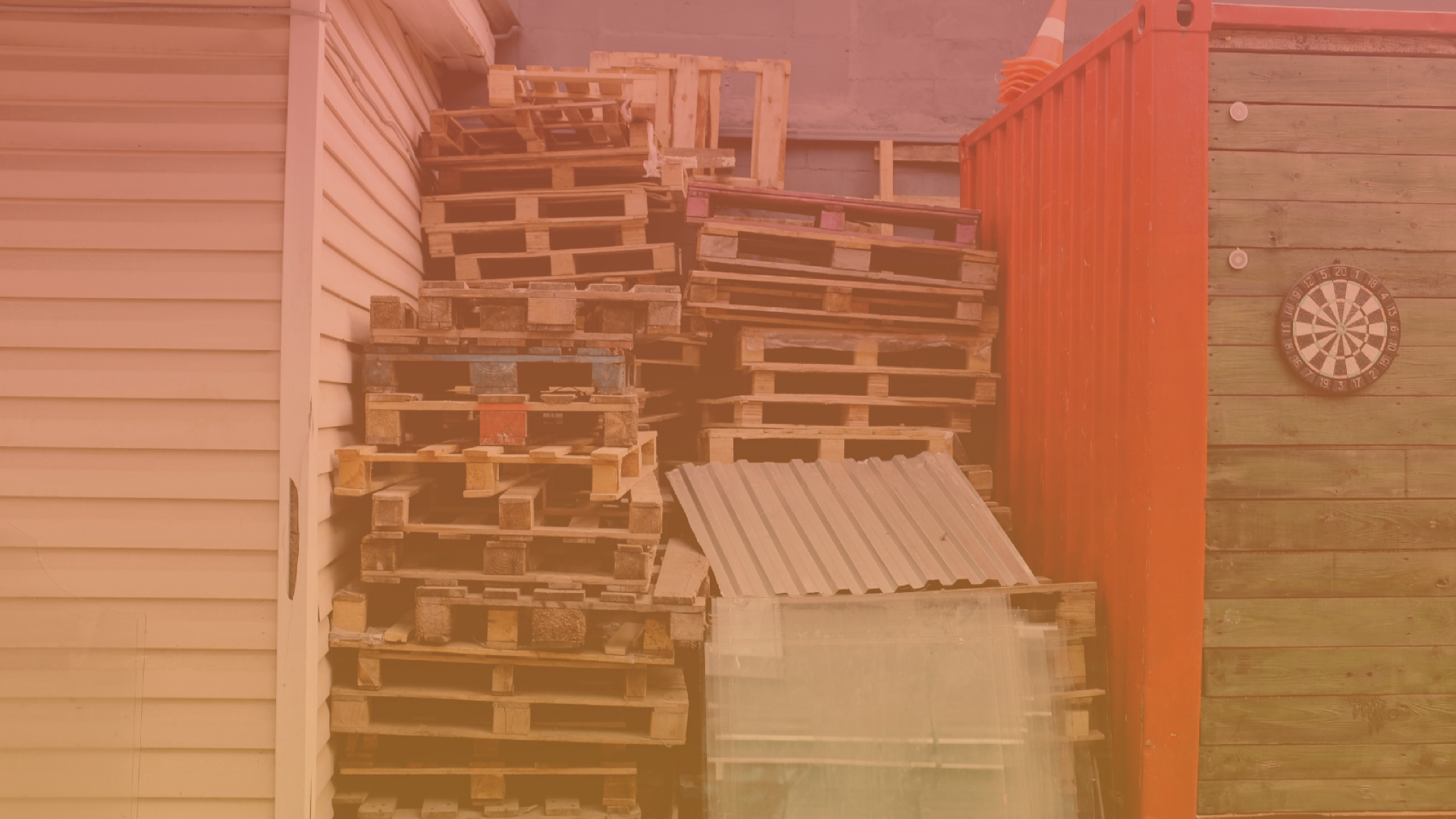The Art of Palletizing

If you’re in the shipping business, odds are that you work surrounded by pallets. Good old wooden pallets are unsung heroes in the logistics industry. Trucks might steal the spotlight, but pallets perform a crucial job of keeping shipments organized efficiently to maximize space and movement time.
Whether you’re shipping LTL or FTL, it’s important to make sure you’re properly palletizing your cargo. This will not only help make your shipment more efficient; it also minimizes the risk of damage or accidents during shipment.
It doesn’t hurt to keep in mind a couple of helpful tips that can make you a master palletizer in no time:
Only use pallets that are in good condition
This one seems like a no brainer, but you’d be surprised at the amount of broken, rotten wooden pallets still in use out there.
Put the heaviest boxes in the bottom
This will prevent damage to the lighter boxes and will make your loaded pallet stabler.
Arrange your boxes properly
Arrange your boxes uniformly and place them so that they don’t hang over the edge of the pallet more than 1 inch. This will ensure you’re getting the most out of the shipping container’s space.
Stretch wrap is a must
Plastic stretch wrap tightens the load placed on the pallet and helps minimize shifting during transit. However, don’t think stretch wrap will magically hold everything together. Before you wrap your pallet, it should be able to stand on its own without any support.
Once your cargo is properly palletized and labeled, it’s ready to go!
Content Creator: Pablo Torres

